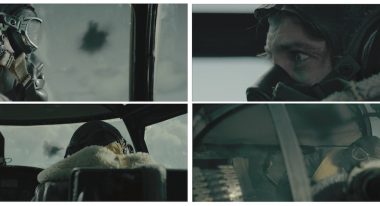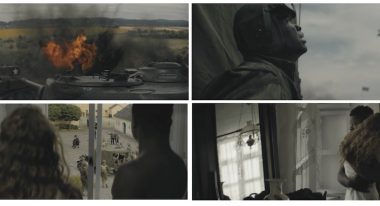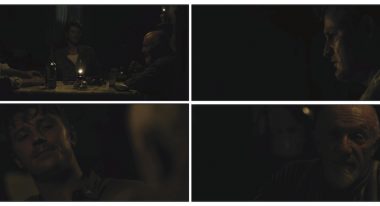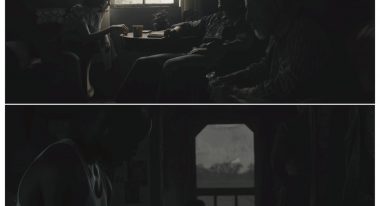 Back to selection
Back to selection
Shutter Angles
Conversations with DPs, directors and below-the-line crew by Matt Mulcahey
DP Rachel Morrison on Mudbound, Her Ideal Extinct Film Stock and Using Waveform Monitors
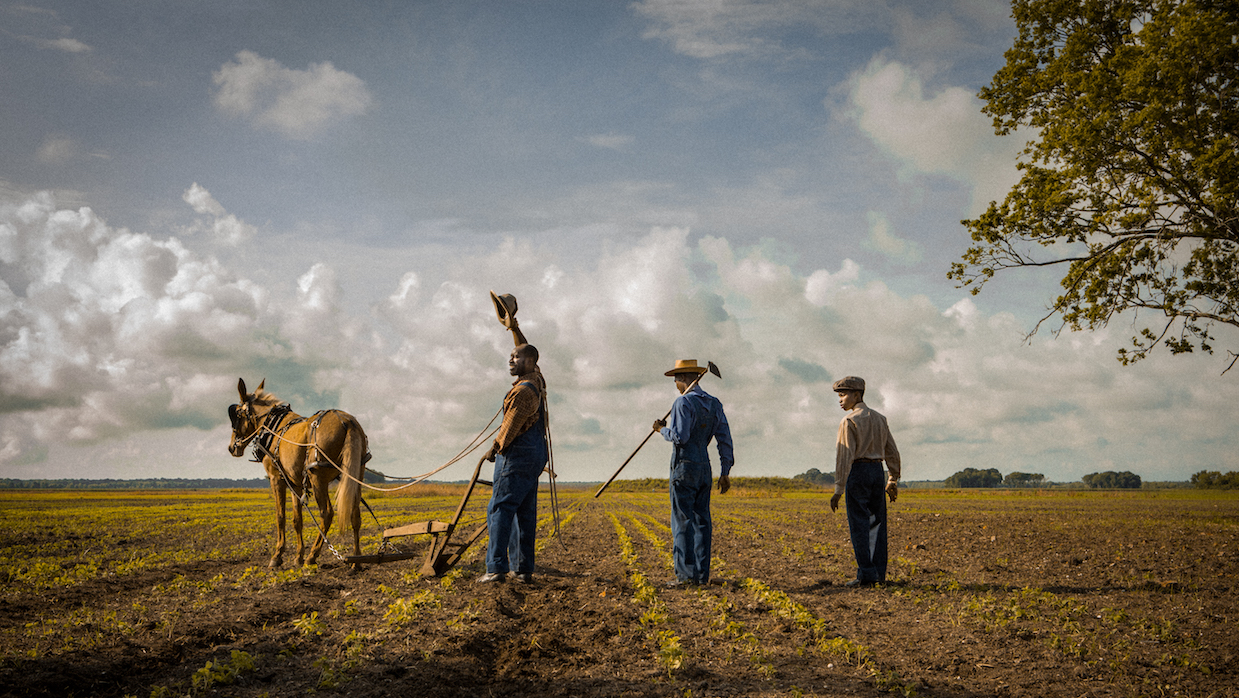 Mudbound
Mudbound Filmmaker: Once Netflix became the distributer and the audience became primarily television viewers, did you do a new grade on the film? I’m guessing the dynamic range and color rendition of a theatrical projector is very different from most people’s home TVs, tablets or laptops.
Morrison: Sadly, no, I didn’t get to do a new grade. Perhaps that would have been the time to brighten up across the board? But again, do you aim for the lowest common denominator or the best-case scenario [in terms of how people will view the film]? I really don’t know the answer.
Filmmaker: For lenses on Mudbound, I’ve read that you used the spherical Panavision PVintage (which have re-housed Ultra Speed glass circa mid-1970s) for nights and for shots where you didn’t want the Anamorphic horizontal flare. Then on the Anamorphic side, you mixed Panavision B, C, and D series lenses. What can you tell me about the B and D series? From what I can find online, seems like the B series is from the early 1960s and really hadn’t been used much lately before they were dusted off for The World’s End (2013). As for the D series, I did a piece on The Bad Batch for American Cinematographer and that movie used some of those lenses. The Panavision folks told me that the D series was an attempt to modify the C series into faster lenses – but the project was basically abandoned after a few 40mm and 50mm lenses were converted.
Morrison: Yeah, the Bs are fundamentally prototypes from the 1950s and 1960s for what became the C series and if I’m not mistaken they are slightly heavier than the Cs.
And the D series got faster (when they were modified), but they were pretty soft wide open so they didn’t really catch on, which is why they only exist in the 40mm and 50mm focal lengths. In all honesty, it was simply an availability thing. We actually de-tuned a few G series focal lengths in an attempt to match the Cs as well. I would have happily taken all Cs, but they are so in demand these days that we couldn’t source a complete set. We were also on a budget, so I was very lucky to get this package at all.
Filmmaker: To finish up, I’ve put together a few batches of frames that I’d like you to talk about. The first set features Jamie [Hedlund] in an aerial battle. I read that you shot some of this in actual B-25s at a World War II museum in Long Island.
Morrison: This was the one 2nd unit scene, which was photographed by Richard Rutkowski, so I didn’t shoot it. But from what I heard, we couldn’t make any adjustments to the plane itself nor mount anything or remove glass to get a more frontal angle — hence many of the shots are fairly tight and favor the back. We shot greenscreen out the windows and comped in the background planes.
Filmmaker: Next up are a few shots of Ronsel [Mitchell] detailing his experience during the war. You spent two days shooting in Budapest – which seems like a nice extravagance considering the schedule (29 days) and budget ($11 million). Which of these frames came from those Budapest days and why was it important to go all the way to Hungary?
Morrison: I think the budget was even slightly less than that, but we really wanted the film to have scope and to feel authentic. All the frames you selected as well as the final scene in the European street/stairwell were shot in Hungary with a foreign crew. Only Dee, [production designer] David Bomba and myself went to Europe. We felt that since it was such a major story point that Jamie and Ronsel had gone to war and experienced a world outside the Jim Crow South, anything we could cheat in Atlanta wouldn’t have had the same impact.
Filmmaker: How about this night interior scene, which is motivated entirely by candlelight and a sliver of moonlight through the window?
Morrison: The candlelight was achieved through a mixture of real sources (double wick candles in lanterns) and a variety of sources my gaffer Bob Bates designed to supplement those candles. I believe we had one version that was like a miniature Barger Baglite – a soft box with three incandescent sources on dimmers so that we could vary speed and intensity to mimic a flicker effect — and we also had an LED blanket light that was a soft single source version of a similar effect. I don’t remember the exact source for the moonlight, but I believe it was gelled with ½ blue and Cyan 15 and bounced into foamcore. I also think we had a softbox overhead for tone that was not set to flicker.
Filmmaker: I’ve heard you talk about how much work actually went into making Mudbound’s lighting look so naturalistic. These are two frames from day interiors that are motivated by a single source — the sunlight through the windows. Can you talk about the work that went into these shots?
Morrison: Interestingly, you picked two scenes that were on the simpler side because they played high contrast and single source. The [top frame] looks like a bounced 18K through the window just out of frame and minimal, if any, fill light. For the [bottom frame], I exposed for the outside and probably used a soft source like a blanket from ¾ back on Hap [Rob Morgan, in the foreground], also just out of frame. There was also a large HMI such as an M90 backlighting the rain outside so it would be visible through the screen door. Because it was overcast, these scenes weren’t as challenging. The really tough ones were the interiors where we saw through to the outside world on a bright sunny day and had to bring up the ambient [light levels] inside in order to [match the outside exposure]. For scenes like those, we had an HMI pushing through every open door and window, gelled to match the color temperature of the outside sun.
Matt Mulcahey works as a DIT in the Midwest. He also writes about film on his blog Deep Fried Movies.
